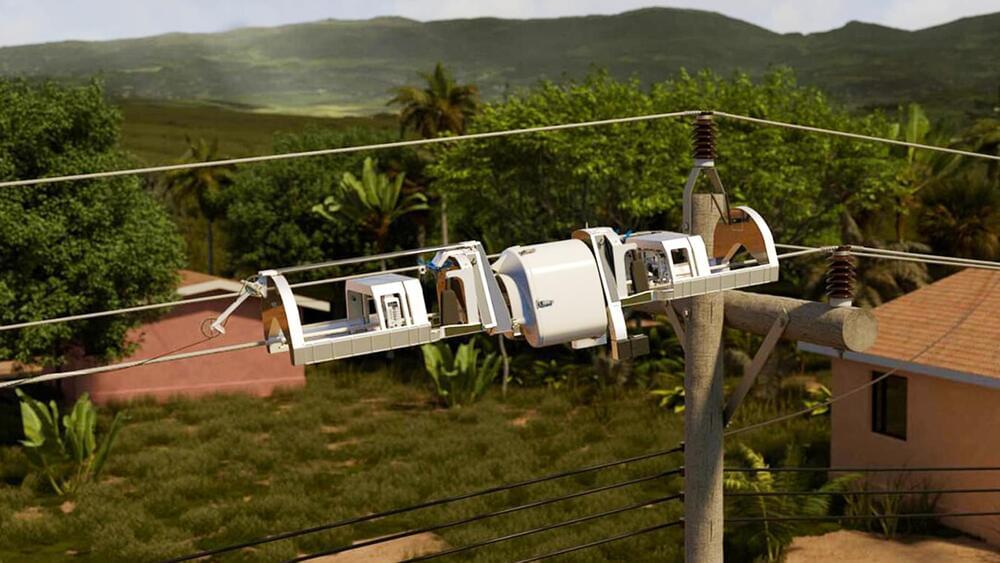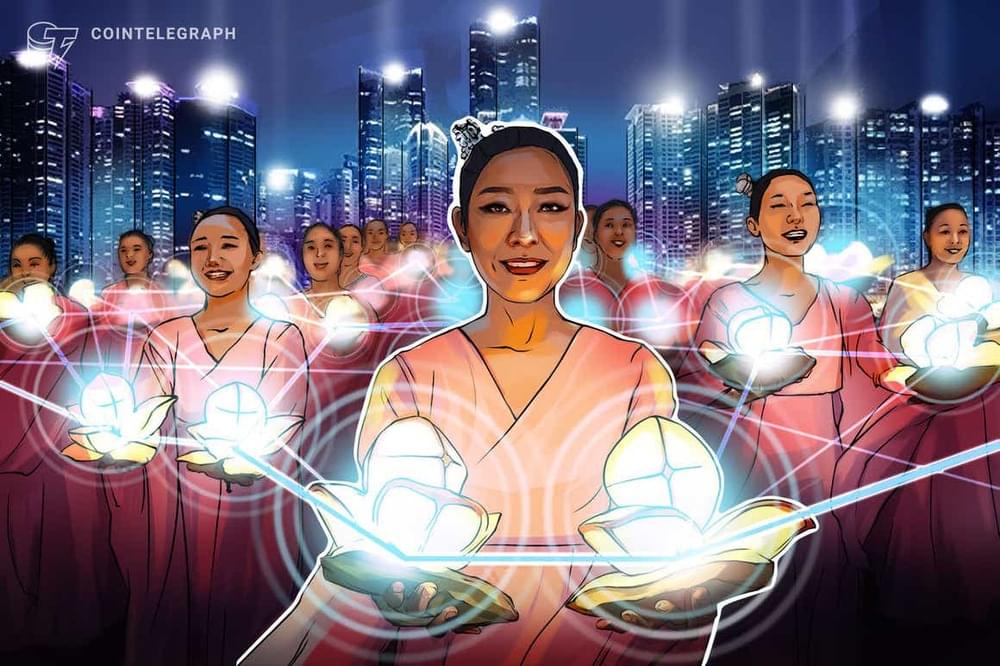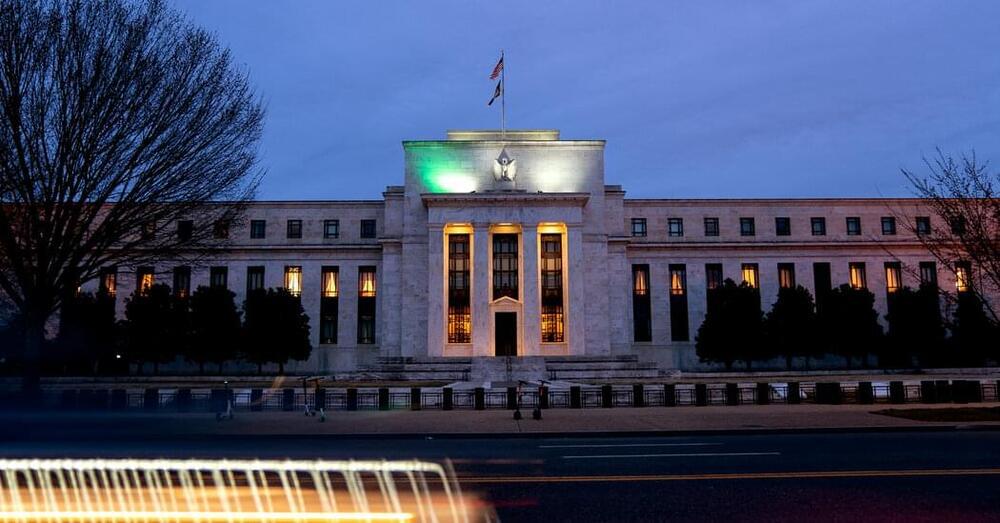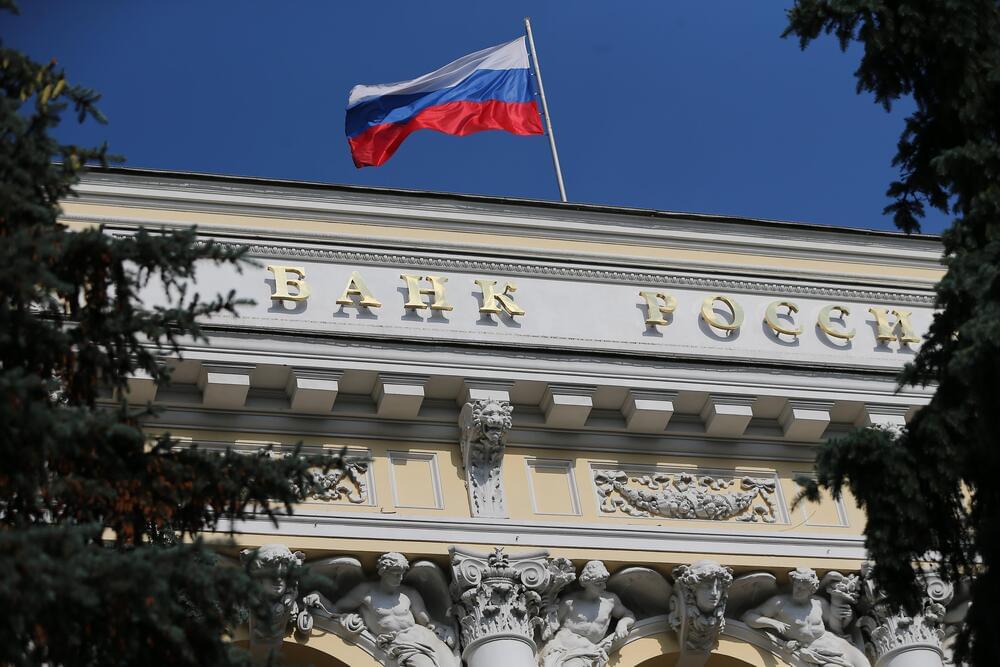Human like robots for lonely old men.
This video covers 10 artificial intelligence trends that will exist in 2030.
► Jarvis AI: Write 5x Faster With Artificial Intelligence: https://bit.ly/3HbfvhO
► BlockFi: Get Up To $250 In Bitcoin: https://bit.ly/3rPOf1V
► M1 Finance: Open A Roth IRA And Get Up To $500: https://bit.ly/3KHZvq0
► Udacity: 75% Off All Courses (Biggest Discount Ever): https://bit.ly/3j9pIRZ
► Business Ideas Academy: Start A Business You Love: https://bit.ly/3KI7B1S
SOURCES:
• https://ai100.stanford.edu/sites/g/files/sbiybj9861/f/ai_100_report_0831fnl.pdf.
• https://www.diamandis.com/blog/10-metatrends-for-your-startup.
• https://www.wsj.com/articles/self-driving-cars-could-be-deca…1622865615
• https://www.pwc.com/gx/en/issues/data-and-analytics/publicat…study.html.
▶️ RECOMMENDED PLAYLISTS:
Future Technologies: https://youtube.com/playlist?list=PLiUrMrgIdon8afD1EtG3_mabSHLrfdKZJ
Technology Trends: https://youtube.com/playlist?list=PLiUrMrgIdon_H3FbJQFXqnjlyOYdHpY9q.
Business Tech: https://youtube.com/playlist?list=PLiUrMrgIdon-SUSL_8YQpO1Kqgsf5ZzyM
Business Innovation Tutorials: https://youtube.com/playlist?list=PLiUrMrgIdon97qKW3TaPO9TqC6U3zVC3W
Business Strategy Tutorials: https://youtube.com/playlist?list=PLiUrMrgIdon87F3Ads27NkSy47apAcOIH
💡 On this channel, I explain the following concepts:






